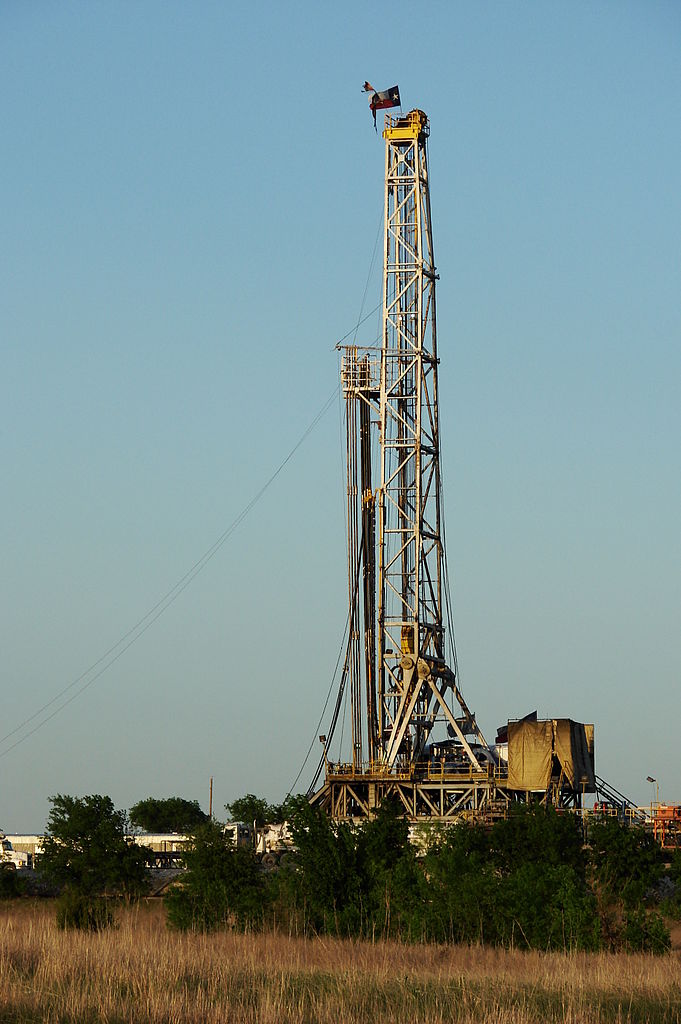By Kelsey Zimmerman
In its two year staring contest with American shale, OPEC and its leader Saudi Arabia have blinked. That was the popular analysis by multiple agencies when reporting on the sudden and unexpected decision announced by OPEC that they are now prepared to enact a cut of up to 740,000 bbl/d. Saudi Arabia, as OPEC’s de-facto leader, is expected to take the brunt of the cuts, which makes for a dramatic reversal of their previous position that led to them refusing to cut oil production in 2014. When prices fell by 50% over the course of 2014, from US$ 100 per barrel to around $50 per barrel, the OPEC cartel believed that they would regain their market share from the higher-cost players known as marginal producers, including shale, who would be forced out of the oil industry by their significantly higher production cost. OPEC’s surprise announcement still represented a “capitulation” to drillers in U.S. shale basins, who proved much harder to eliminate than their opponents expected, said Katherine Richard, chief executive officer of Warwick Energy Group. The shale industry proved surprisingly resilient and survived with cost-cutting measures as well as aid from technological innovation. The oil price collapse from more than $100 to its low of under $28 per barrel “forced companies to reduce cost and spending, improve operating and capital efficiency and live within their means,” Fadel Gheit, Oppenheimer’s senior energy strategist, said in a note to clients Thursday. “We expect time and technology to make shale production even more resilient to low oil prices, and both are not on OPEC’s side.”
The new technological methods being employed to lower shale production costs are varied and unique. Aided by high-tech equipment, many companies use data analytics in order to determine the most strategic locations for new wells as well as the precise amounts of sand, water, and chemicals needed to maximize the amount of oil a well produces. There is also an industry wide exploration into refracking or redrilling old wells, using newer and better technology to recover whatever oil was left after the initial excavation, saving the cost of drilling an entirely new well. Working with multiple energy companies such as Norway’s Statoil and Brazil’s Petróleo Brasileiro, Glori Energy Inc. of Houston is testing out a process that uses microbes – tiny organic organisms – that when fed a special nutrient mixture, attach themselves to bits of oil, making it easier for crude oil to flow through rock. Early tests show the technology can extend the life of a well by several years and boost the amount of recoverable oil by 33% from initial estimates, on average, Glori says.
After OPEC’s announcement, Brent and WTI rebounded on the news and remain up more than 10% for the whole week, over $5 per barrel. Independent oil companies are using the post-OPEC rally to hedge their price risk for next year, banks and consultants said, a trend that’s likely to be viewed with concern from Saudi Arabia to Venezuela. The clamor to hedge – locking in future cash flows and sales prices – could translate into higher U.S. oil production, especially by shale firms, next year, offsetting an output cut that the Organization of Petroleum Exporting Countries outlined in Algiers last week. Goldman Sachs forecasts the U.S. will be pumping an additional 600,000 to 700,000 barrels of oil a day on top of the average 9.4 million barrels per day by the end of next year – making up for every drop lost in the recent years.
Cook, Lynn, and Bradley Olson, 2016. Two Years Into Oil Slump, U.S. Shale Firms Are Ready to Pump More. The Wall Street Journal. 27 September , 2016. www.wsj.com/articles/two-years-into-oil-slump-u-s-shale-firms-are-ready-to-pump-more-1474968601
Longley, Alex, and Javier Blas, 2106. Shale Oil Firms Hedge 2017 Prices in ‘Droves’ on OPEC Rally. Bloomberg Businessweek. 3 October, 2016. www.bloomberg.com/news/articles/2016-10-03/shale-oil-firms-hedge-2017-prices-in-droves-after-opec-rally
Bloomberg, 2016. OPEC blinks. What will it mean for U.S. shale drillers? Fuelfix. September 30, 2016. fuelfix.com/blog/2016/09/30/opec-blinks-what-will-it-mean-for-u-s-shale-drillers/
Sider, Alison, and Erin Ailworth, 2016. Oil Companies Tap New Technologies to Lower Production Costs. The Wall Street Journal, 13 September, 2015. www.wsj.com/articles/oil-companies-tap-new-technologies-to-lower-production-costs-1442197712

